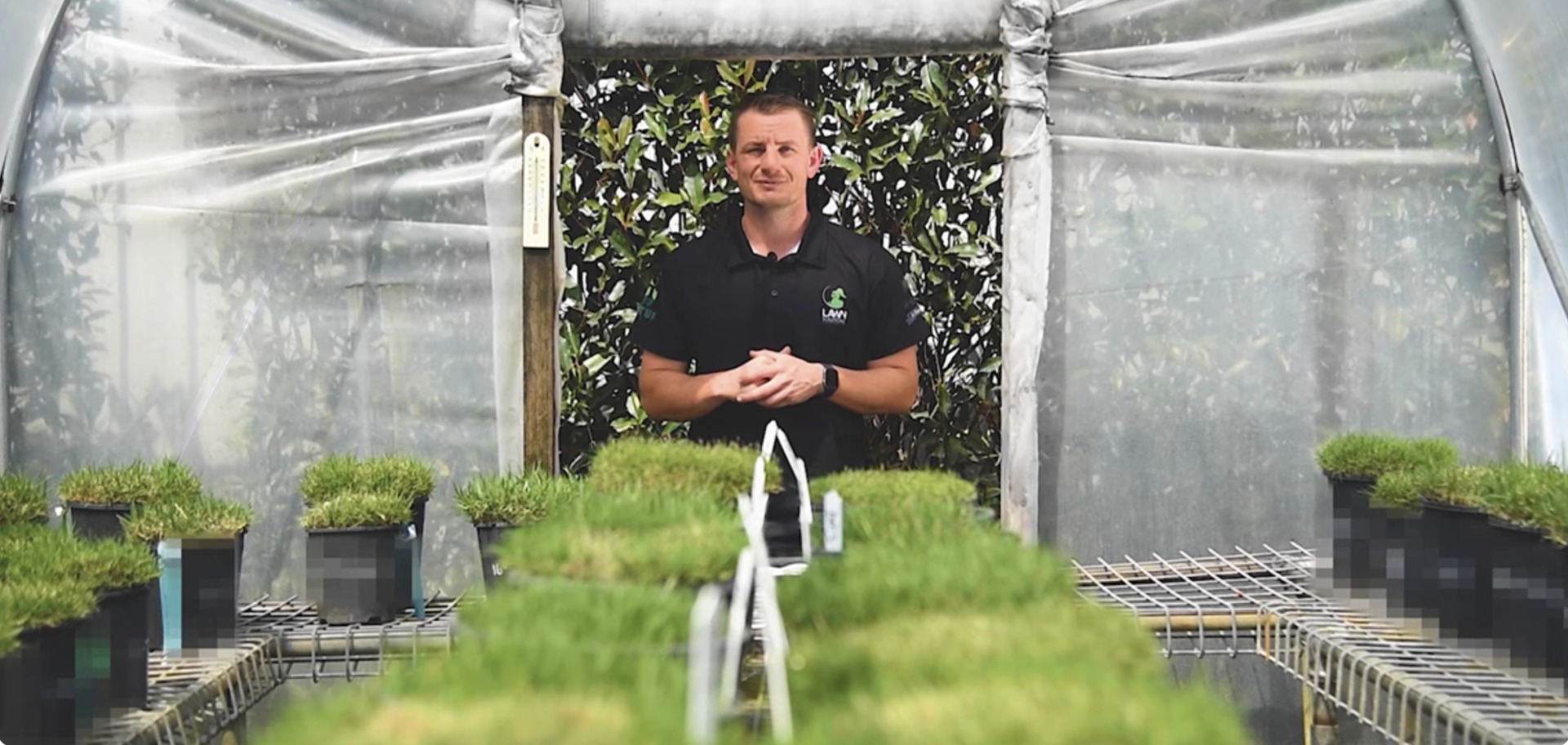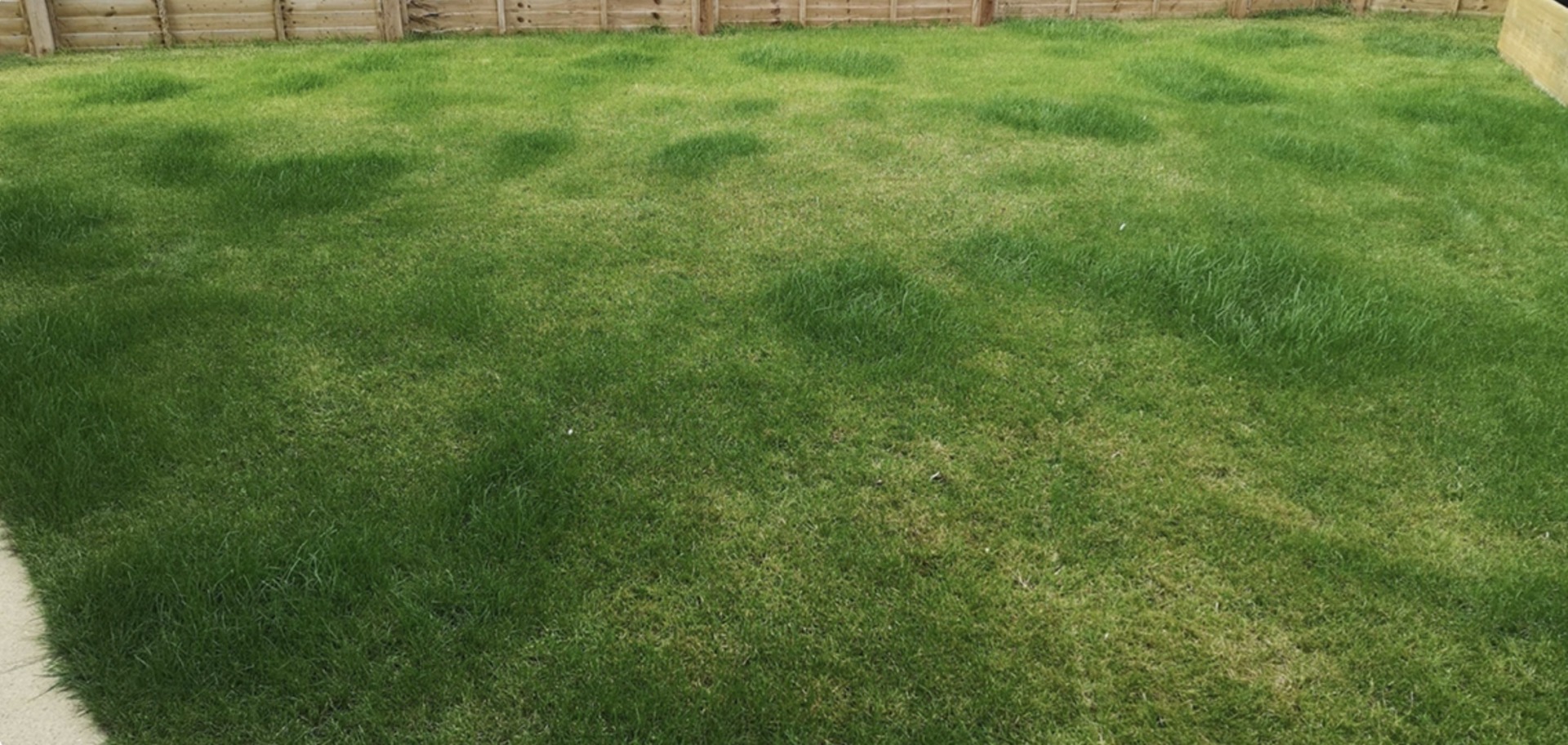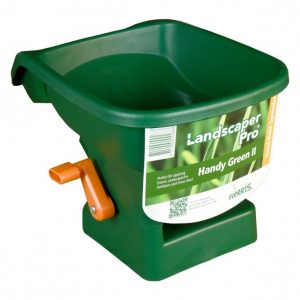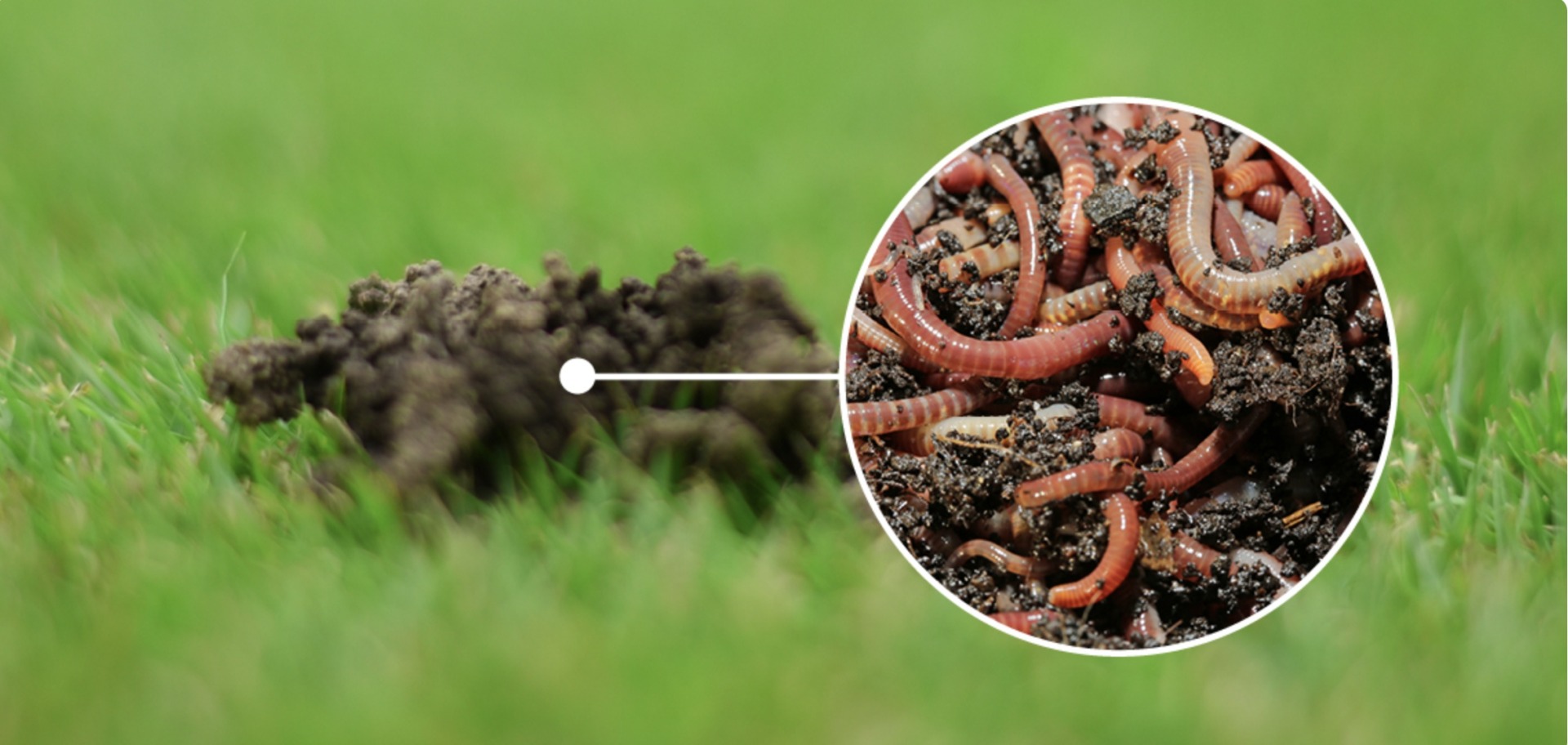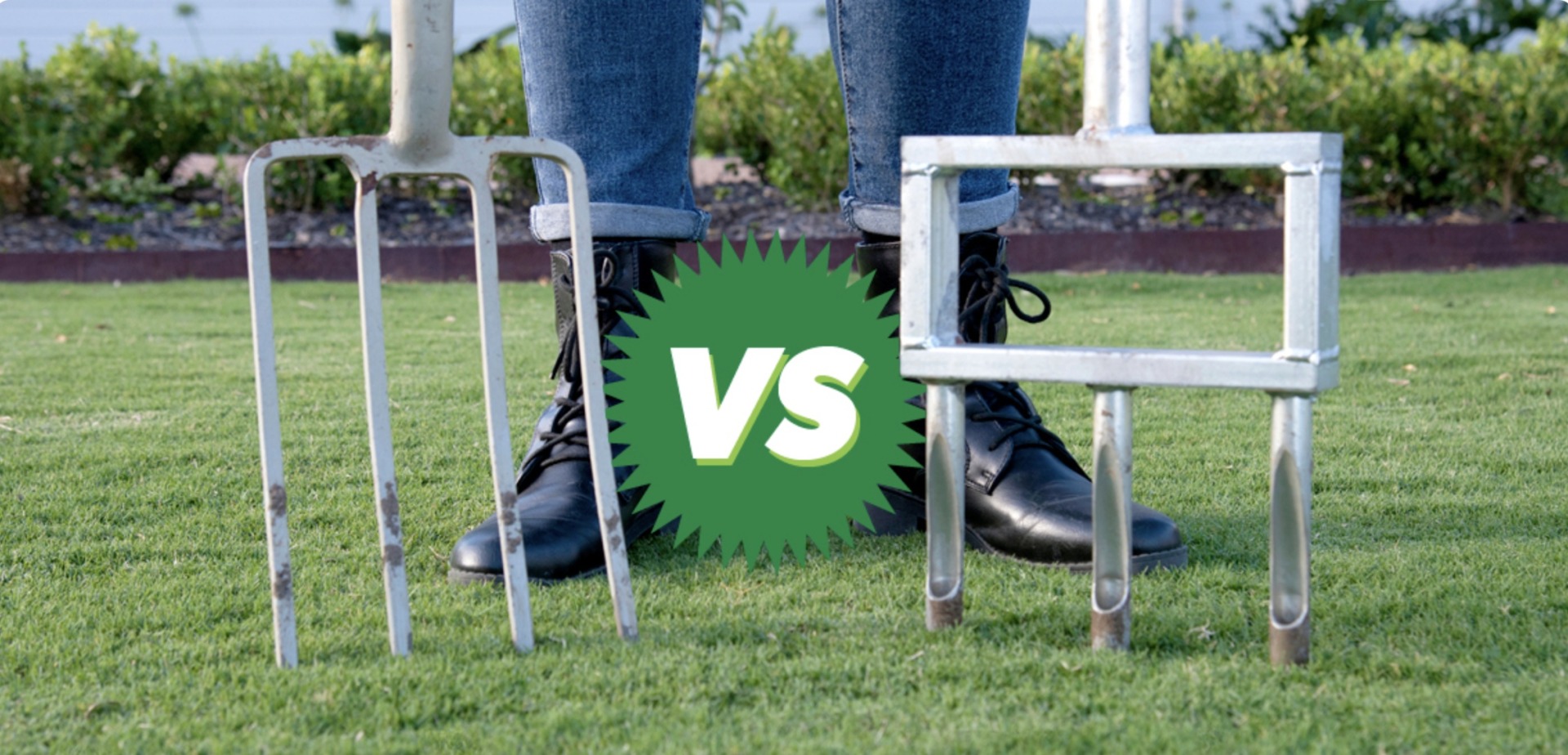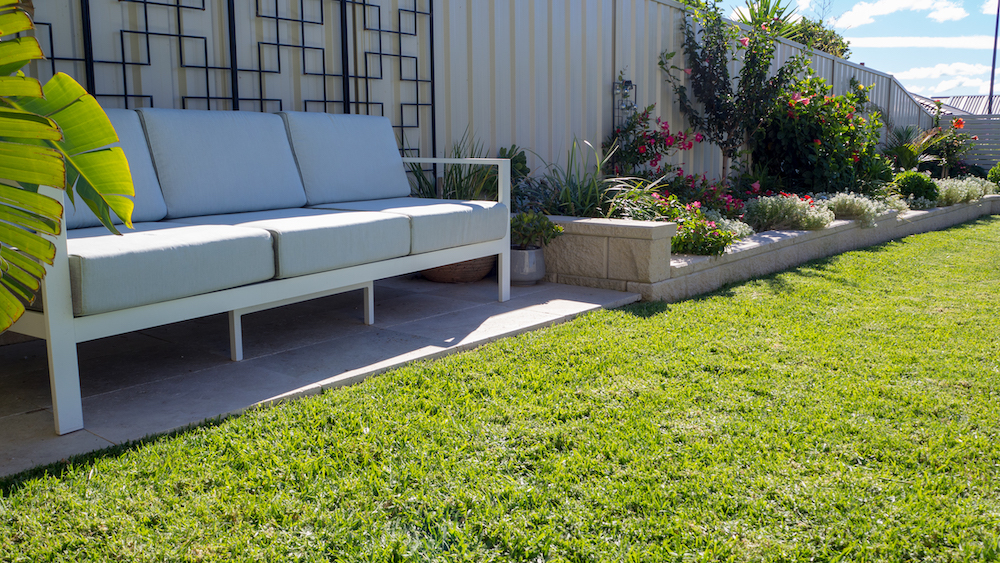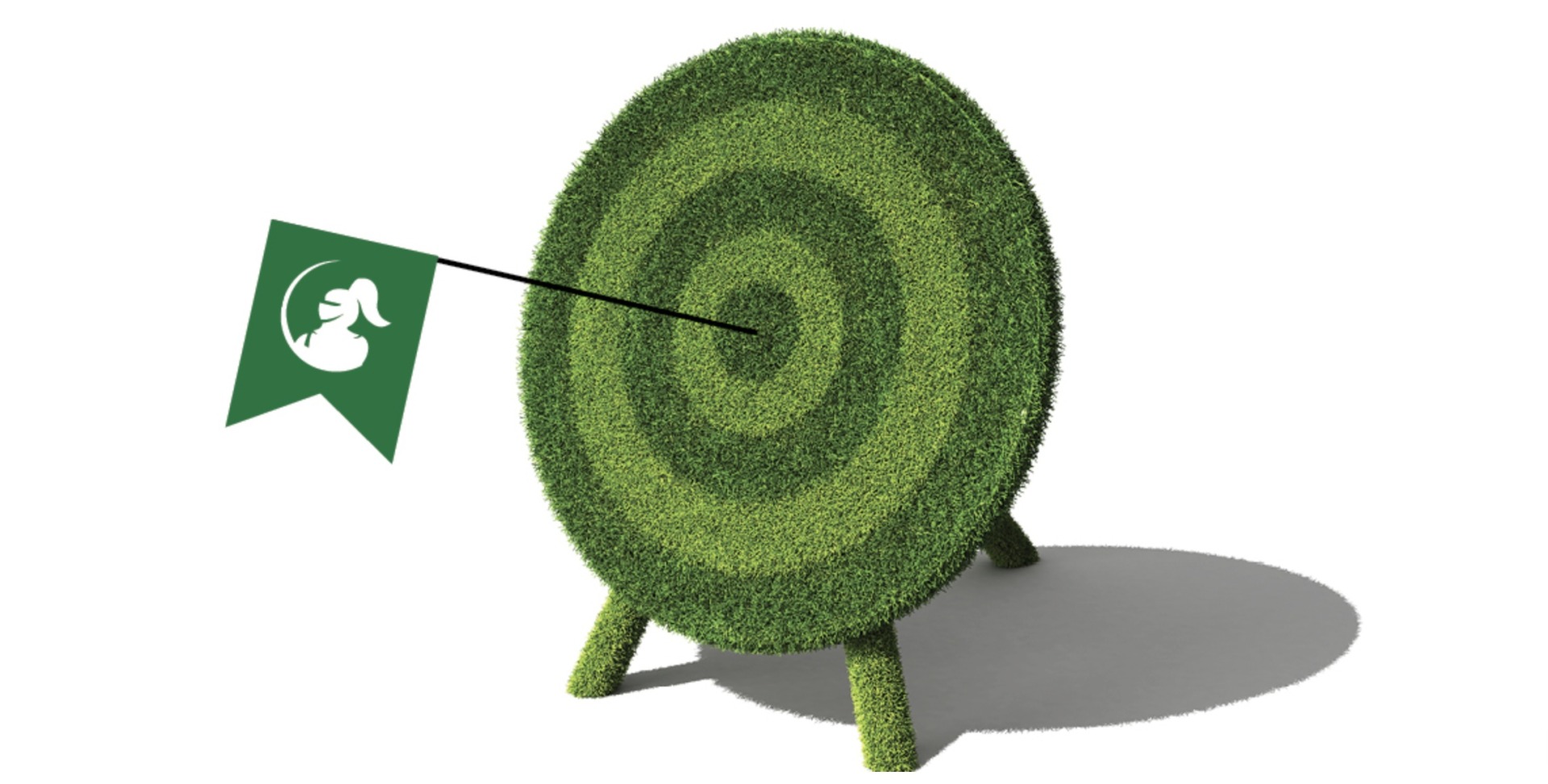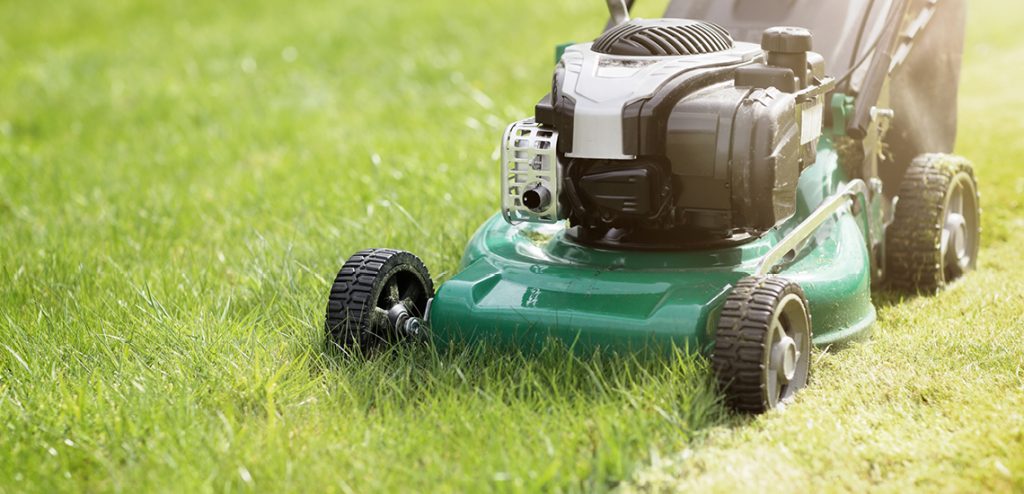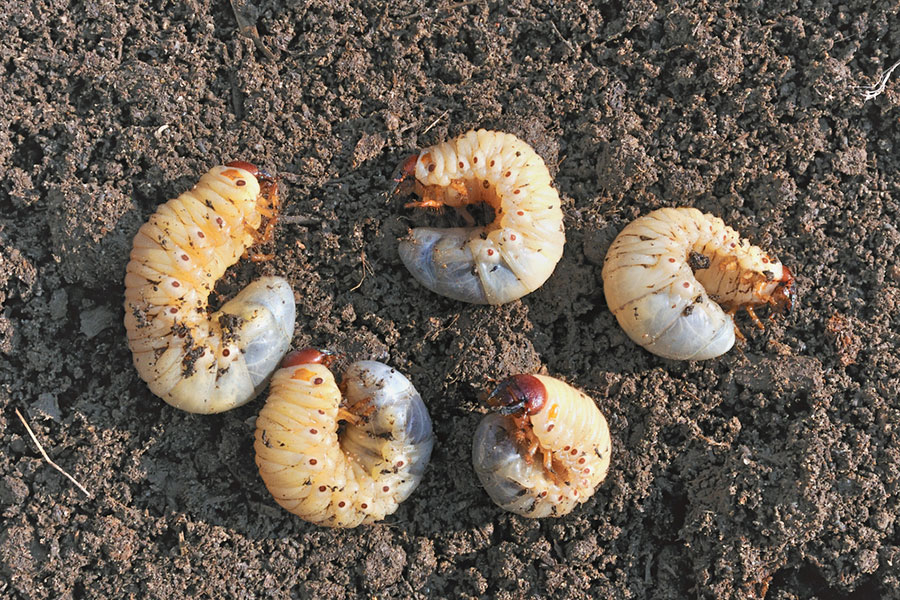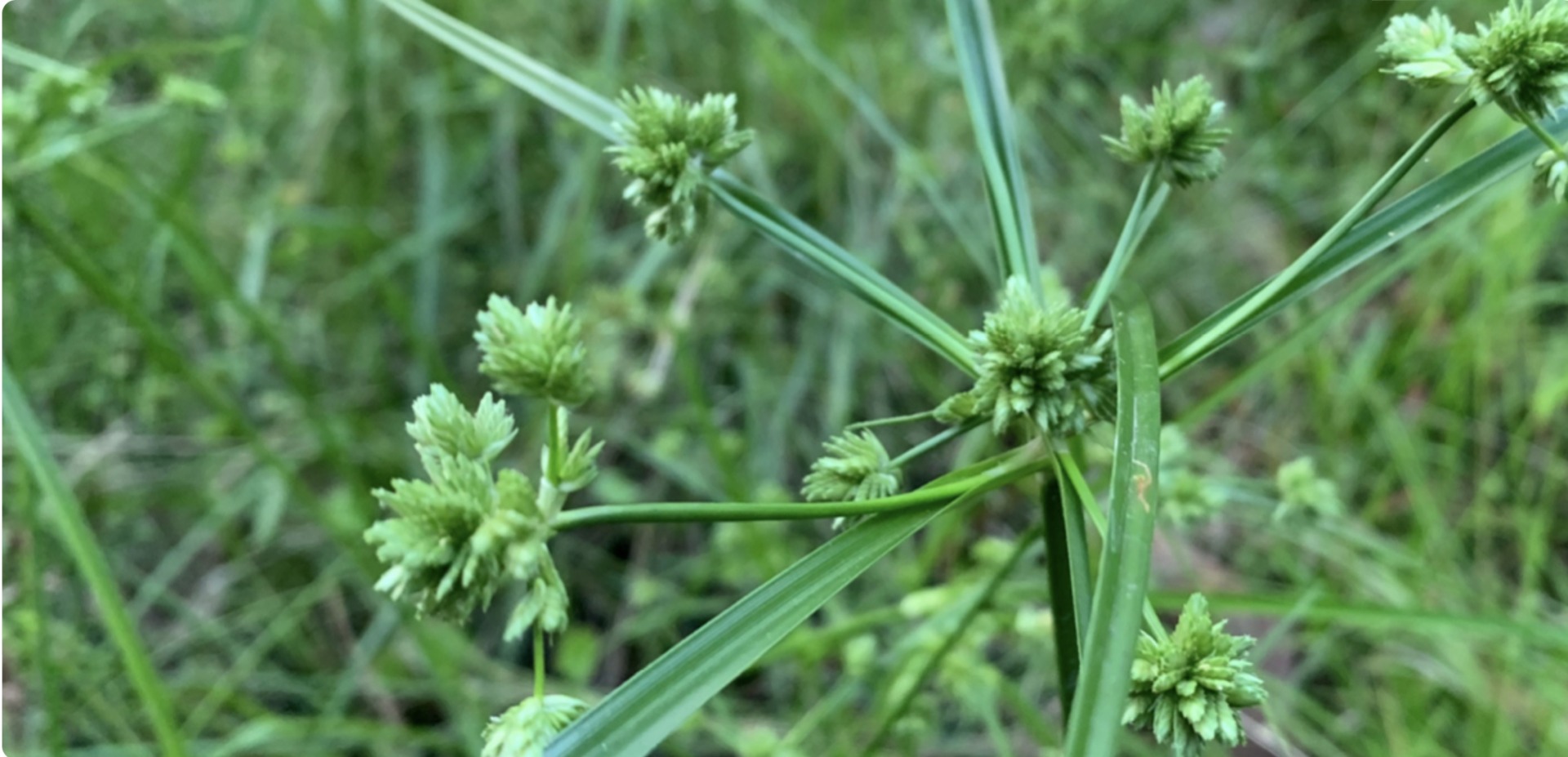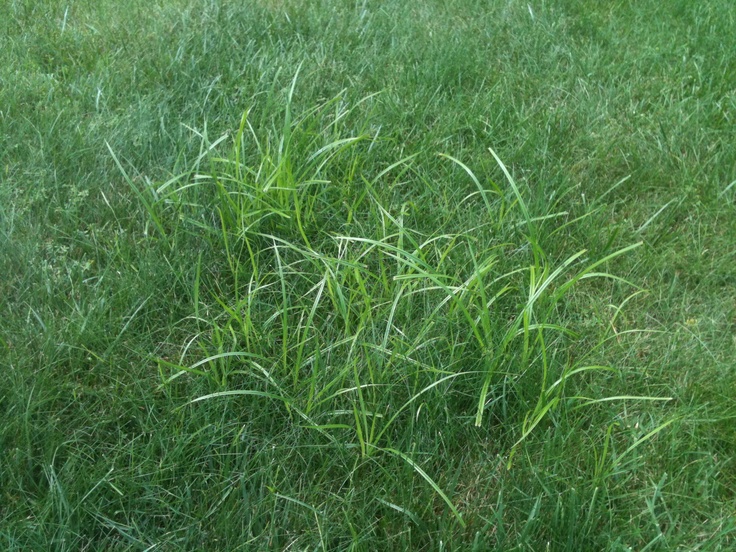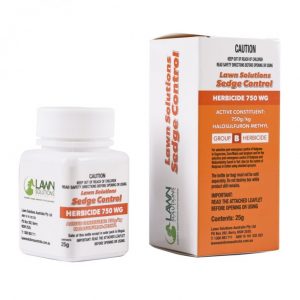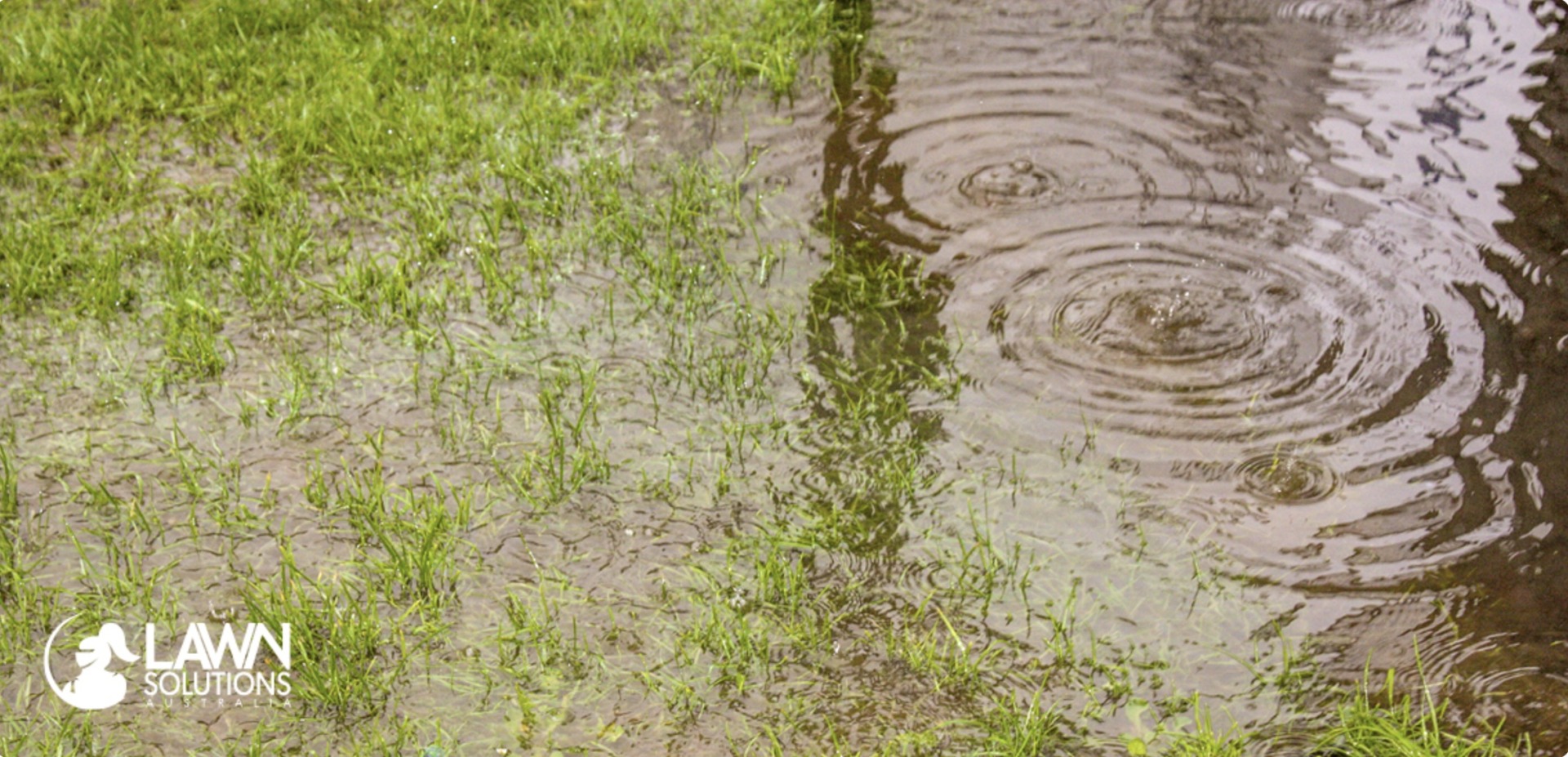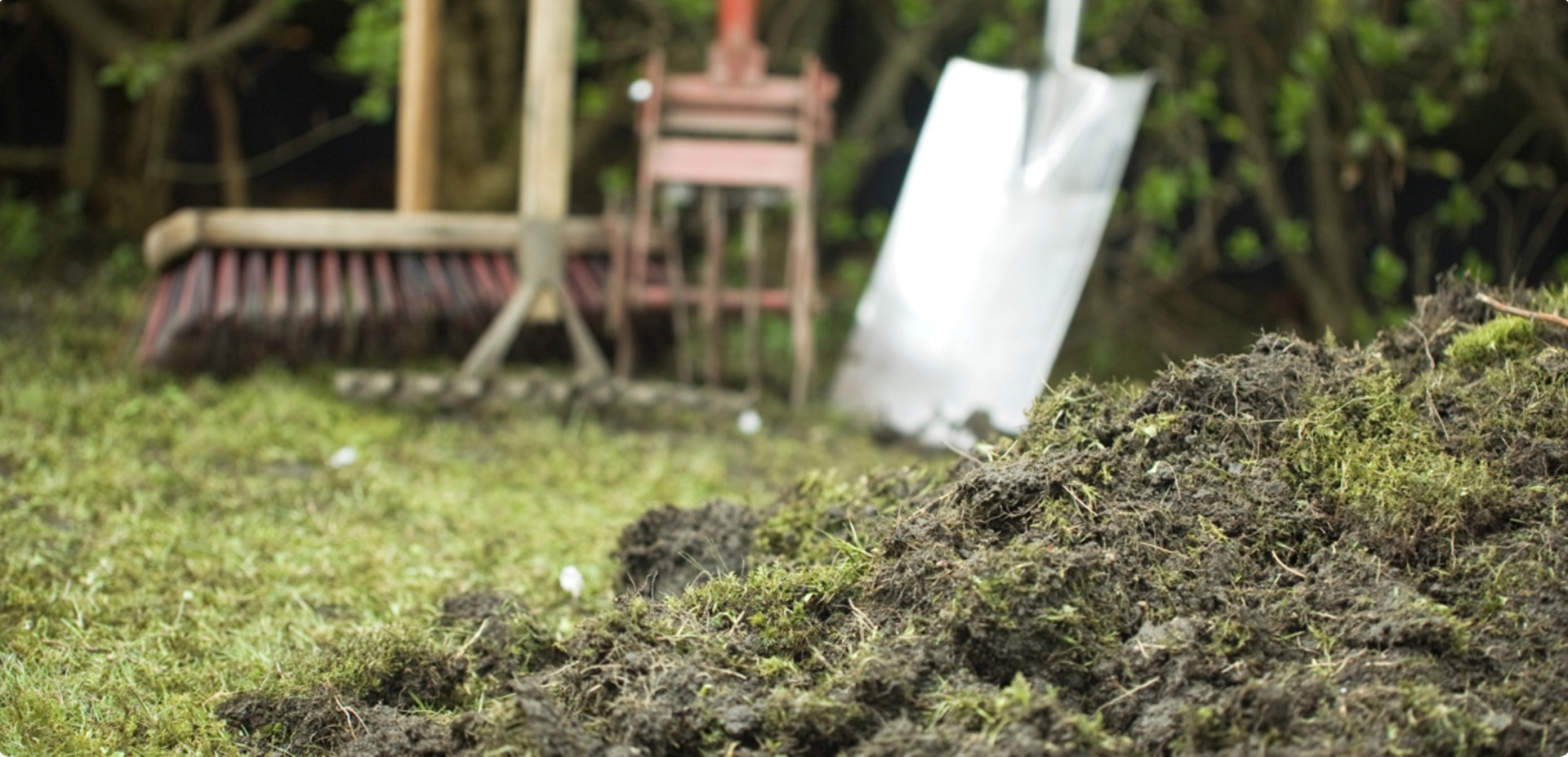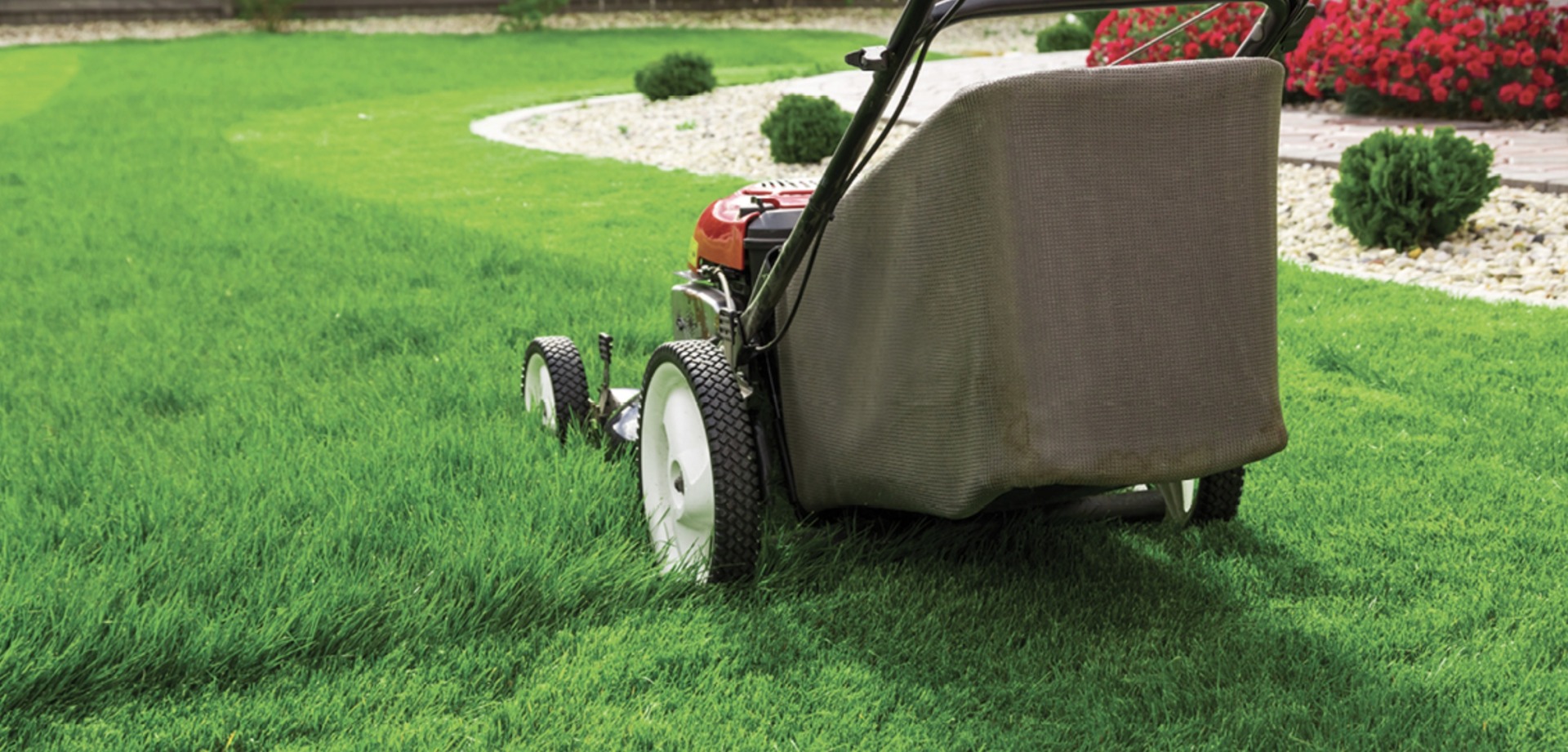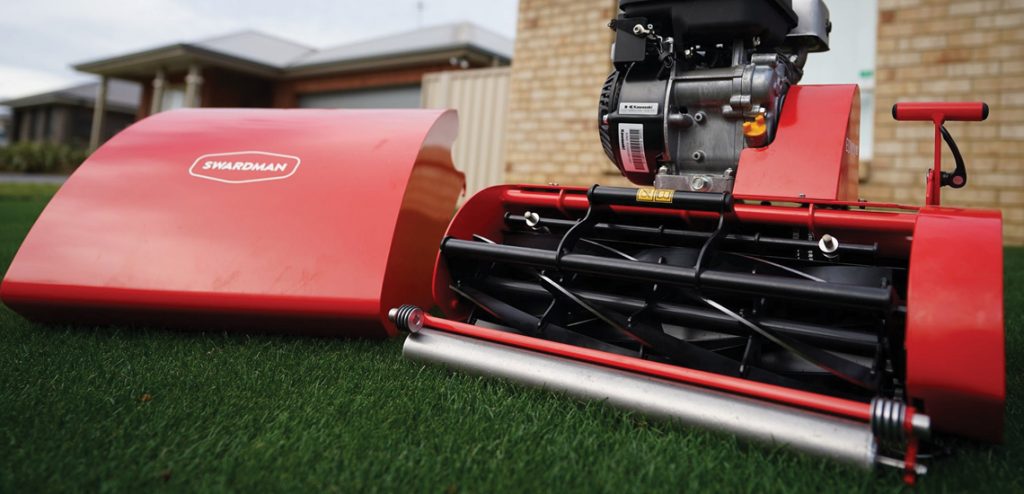We love sharing our knowledge of lawns, providing advice on the different turf varieties available and explaining the different lawn care products and how best to look after your lawns. But who is Lawn Solutions Australia?
Lawn Solutions Australia
Lawn Solutions Australia, known as LSA for short, is a national network of locally owned, and mostly family operated turf businesses.

To become an LSA Member you must grow turf to a very high standard and be approved by the Australian Genetic Assurance Program for turf called AusGAP to grow the certified grasses that LSA Members supply.
Lawn Solutions Members grow the LSA range of lawn varieties including Sir Walter DNA Certified soft leaf buffalo, TifTuf Hybrid Bermuda or hybrid couch and Sir Grange Zoysia, plus some other grasses that are available specifically for different climates.
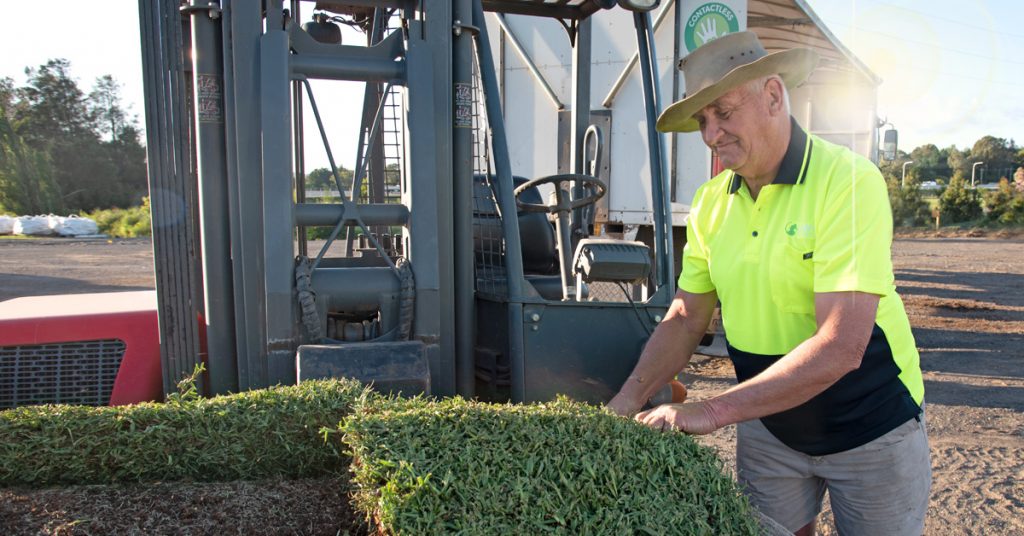
LSA Research
These turf grasses were introduced from LSA’s extensive turf research and development program. This program has the largest turf research facility in the Southern Hemisphere.
As part of this turf research program, we work with some of the world’s best turf breeders and scientists. We are wanting to find new and improved grasses that provide consumers better choices when looking for a new lawn variety.
Turf Trials
Thousands of grasses are bred and tested before a short list of elite performers. They are then put into further trials testing how they perform under wear, shade, and drought conditions.
If the grasses are successful in those trials, they will then undergo further trials. These involve herbicide resistance, establishment, and recovery speed and harvestability.
We trial these grasses in a range of climates right across Australia. This helps us see how they will handle the Aussie conditions. LSA will also compare them against existing turf varieties to see how they stand up.
We are looking for grasses that don’t just perform or survive. We are looking for new grasses that provide a point of difference, show exceptional qualities, new qualities unseen in the marketplace before. The cream of the crop.
It is not until or if we find this new grass that we will release to LSA Members for turf production.
The results of this program are represented in the successes achieved by each of the grasses released.
Sir Walter DNA Certified
Sir Walter DNA Certified soft leaf buffalo has led the way as the most successful commercial turf grass in Australia history. It has a great shade tolerance and is incredibly versatile across a range of climates.

TifTuf Hybrid Bermuda
TifTuf Hybrid Bermuda is a somewhat newly introduced grass compared to Sir Walter, that has become the first and only turf grass in the world to be awarded the Smart Approved WaterMarkfor water efficiency and drought tolerance.
Bred out of the famous Tifton University in Georgia by the world’s best. TifTuf has shown superior qualities to that of over 30,000 different varieties. It is an absolute stand out when it comes to not just this variety of grass, but all grasses.

Sir Grange Zoysia
Sir Grange Zoysia – A grass like no other, Sir Grange can be kept at a range of heights. It’s a slow growing grass that is providing an alternative lawn option. This had never been available at this quality to consumers before.
Originally bred for golf courses, so you know it’s impressive. Sir Grange known as BRF Zeon Zoysia in the US, was used on the Olympics Golf Course is Rio.

We can’t wait to share with you some of the exciting new grasses we currently have in development.
As always, if you have any more questions please don’t hesitate to contact us for free expert advice on 1800ALLTURF (1800255873) or 07 5543 8304.
